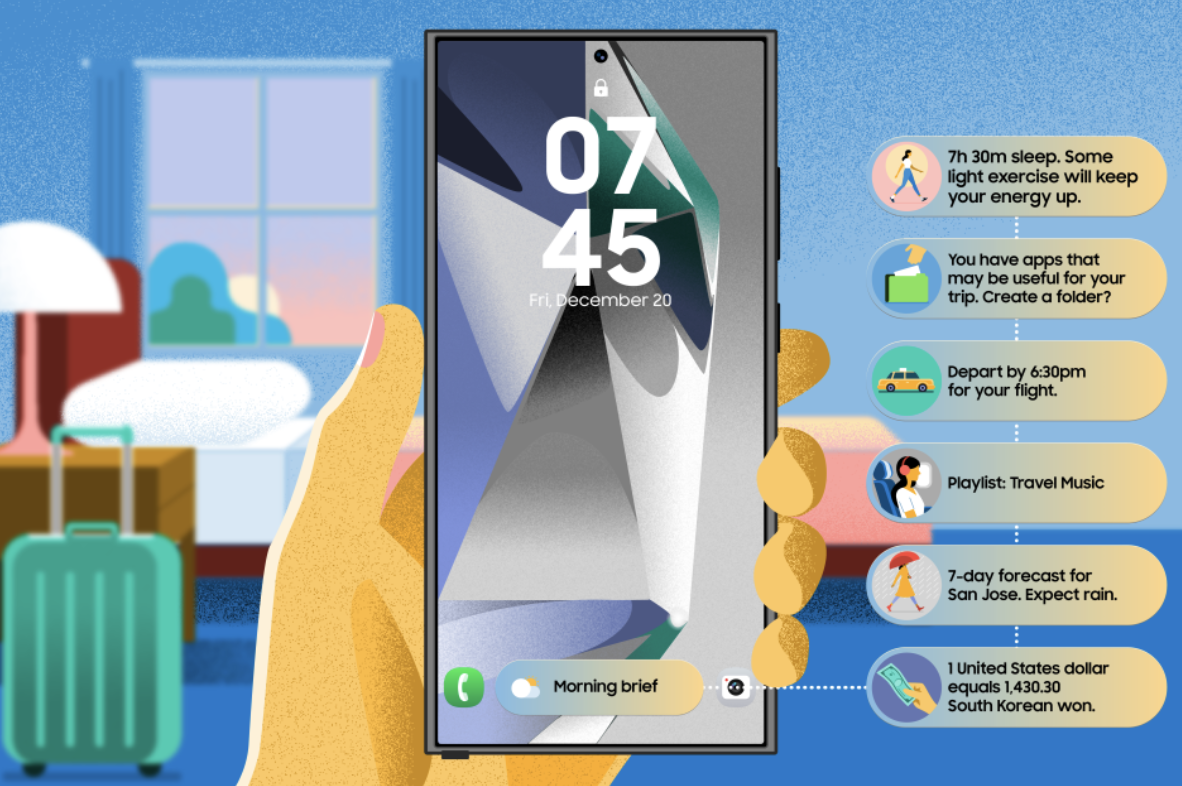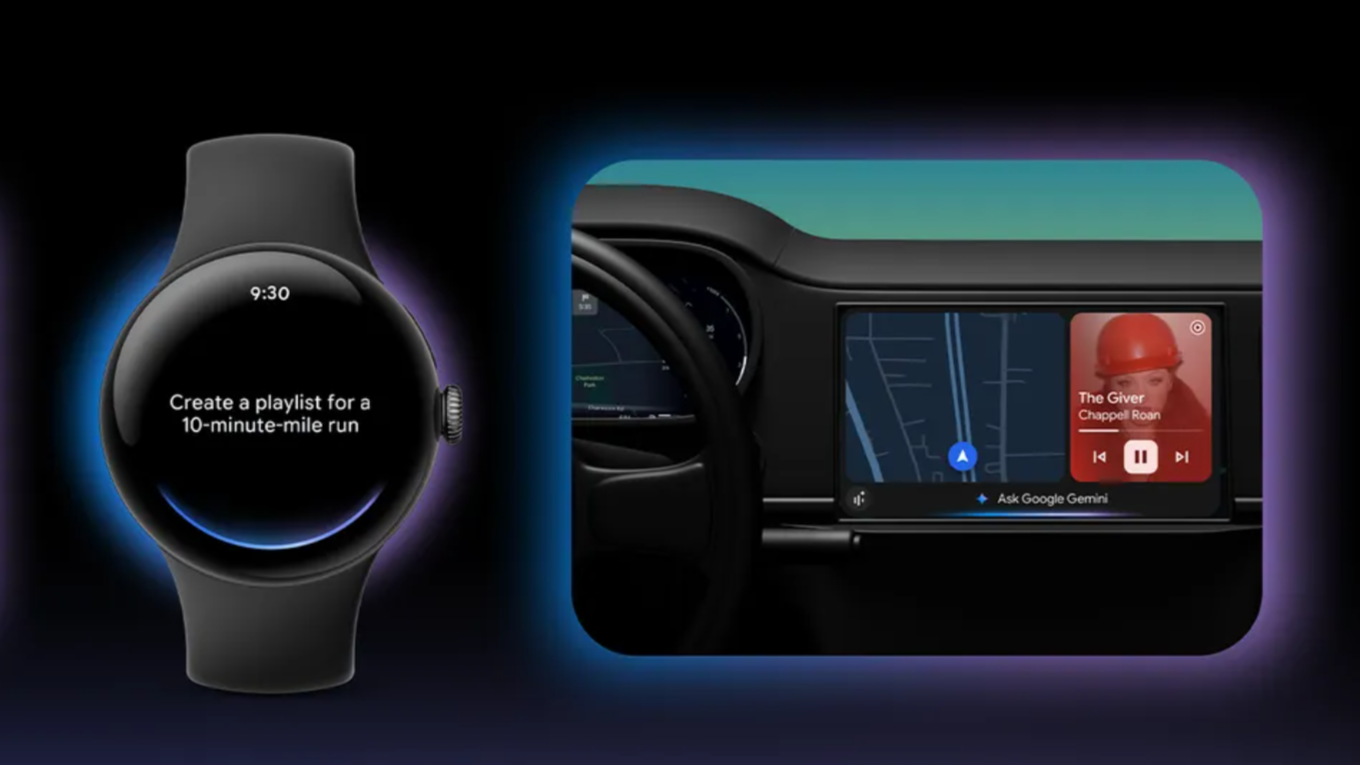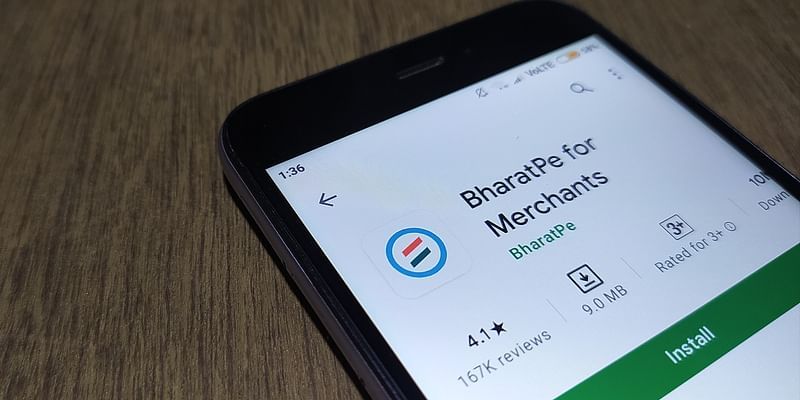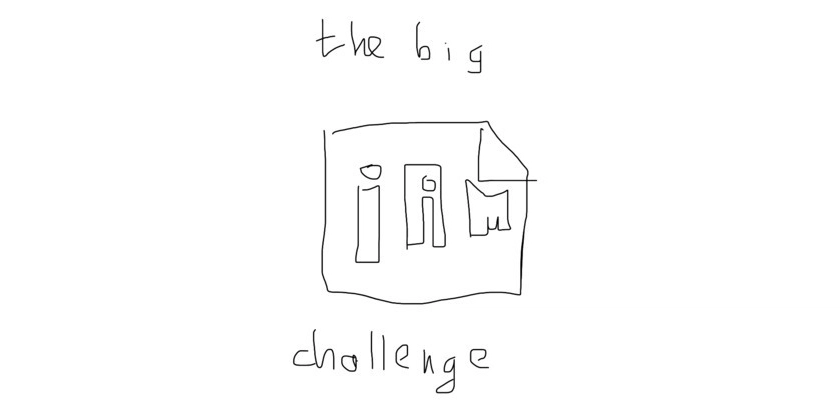How a UI/UX Redesign Can Save Your Struggling Mobile App
If your mobile app is suffering from low engagement, high bounce rates, poor user reviews, or declining revenue, the problem may not lie in the backend code—it could be the design. In today’s overcrowded app marketplace, user expectations are sky-high. A clunky, outdated, or frustrating design is a surefire way to lose users. That’s why a strategic UI/UX redesign isn’t just a design tweak—it’s often a critical business decision. In this blog, we’ll explore: Why UI and UX design matter more than ever Key signs your app needs a UI/UX redesign How the right design changes can turn performance around Real-world examples and actionable strategies Let’s jump in and show you how smart design choices can give your mobile app a second wind. What’s the Difference Between UX and UI? Before diving into solutions, let’s clear up the basics: Think of user experience as the blueprint of a house and user interface as the interior design. You need both to create a home people want to live in—or in this case, an app people want to keep using. Still wondering why the distinction matters? UX is about solving user problems and ensuring ease of use, while UI is about delighting users visually and making every interaction feel intuitive. A beautifully designed app with poor usability won’t retain users, just as a highly functional app with an ugly interface will fail to attract them. Striking a balance between both is what makes a UI/UX redesign powerful. Signs Your App Needs a UI/UX Redesign How do you know if your mobile app is silently bleeding users because of poor design? Here are the most common red flags—each one a clear signal that it’s time for a UI/UX overhaul: High Bounce or Abandonment Rates: If users are exiting your app shortly after launching it or before completing a core task (like signing up or checking out), that’s a major red flag. It usually points to a frustrating or confusing experience that’s driving them away. Confusing Navigation: When users can’t figure out where to go or how to accomplish their goals within your app, they don’t stick around. Poorly structured menus, unclear icons, or buried features all contribute to navigation issues. Inconsistent Design Elements: If your app uses different button styles, font sizes, or color schemes across screens, it can feel disjointed and unprofessional. This inconsistency erodes trust and gives users the impression that your app isn’t fully polished. Frequent Support Tickets or Complaints: A high volume of customer support inquiries is often the symptom of a bad UI/UX. If users have to reach out just to understand how your app works, the design isn’t doing its job. Outdated Visuals: Design trends evolve quickly. Apps that still look like they were made in 2015 can come off as outdated, which makes users question whether the app—and the company behind it—is reliable and current. Low App Store Ratings: App store reviews reflect user sentiment. If your design frustrates or confuses people, they’ll make their opinions known. Consistently low ratings are a clear indicator that your UI or UX needs serious attention. Slow Task Completion: If a simple task—like filling out a form or making a payment—takes too many steps or isn’t intuitive, users will abandon the process. Poor task flow directly impacts your conversion rates.

If your mobile app is suffering from low engagement, high bounce rates, poor user reviews, or declining revenue, the problem may not lie in the backend code—it could be the design.
In today’s overcrowded app marketplace, user expectations are sky-high. A clunky, outdated, or frustrating design is a surefire way to lose users. That’s why a strategic UI/UX redesign isn’t just a design tweak—it’s often a critical business decision.
In this blog, we’ll explore:
- Why UI and UX design matter more than ever
- Key signs your app needs a UI/UX redesign
- How the right design changes can turn performance around
- Real-world examples and actionable strategies
Let’s jump in and show you how smart design choices can give your mobile app a second wind.
What’s the Difference Between UX and UI?
Before diving into solutions, let’s clear up the basics:
Think of user experience as the blueprint of a house and user interface as the interior design. You need both to create a home people want to live in—or in this case, an app people want to keep using.
Still wondering why the distinction matters? UX is about solving user problems and ensuring ease of use, while UI is about delighting users visually and making every interaction feel intuitive. A beautifully designed app with poor usability won’t retain users, just as a highly functional app with an ugly interface will fail to attract them. Striking a balance between both is what makes a UI/UX redesign powerful.
Signs Your App Needs a UI/UX Redesign
How do you know if your mobile app is silently bleeding users because of poor design? Here are the most common red flags—each one a clear signal that it’s time for a UI/UX overhaul:
High Bounce or Abandonment Rates:
If users are exiting your app shortly after launching it or before completing a core task (like signing up or checking out), that’s a major red flag. It usually points to a frustrating or confusing experience that’s driving them away.
Confusing Navigation:
When users can’t figure out where to go or how to accomplish their goals within your app, they don’t stick around. Poorly structured menus, unclear icons, or buried features all contribute to navigation issues.
Inconsistent Design Elements:
If your app uses different button styles, font sizes, or color schemes across screens, it can feel disjointed and unprofessional. This inconsistency erodes trust and gives users the impression that your app isn’t fully polished.
Frequent Support Tickets or Complaints:
A high volume of customer support inquiries is often the symptom of a bad UI/UX. If users have to reach out just to understand how your app works, the design isn’t doing its job.
Outdated Visuals:
Design trends evolve quickly. Apps that still look like they were made in 2015 can come off as outdated, which makes users question whether the app—and the company behind it—is reliable and current.
Low App Store Ratings:
App store reviews reflect user sentiment. If your design frustrates or confuses people, they’ll make their opinions known. Consistently low ratings are a clear indicator that your UI or UX needs serious attention.
Slow Task Completion:
If a simple task—like filling out a form or making a payment—takes too many steps or isn’t intuitive, users will abandon the process. Poor task flow directly impacts your conversion rates.















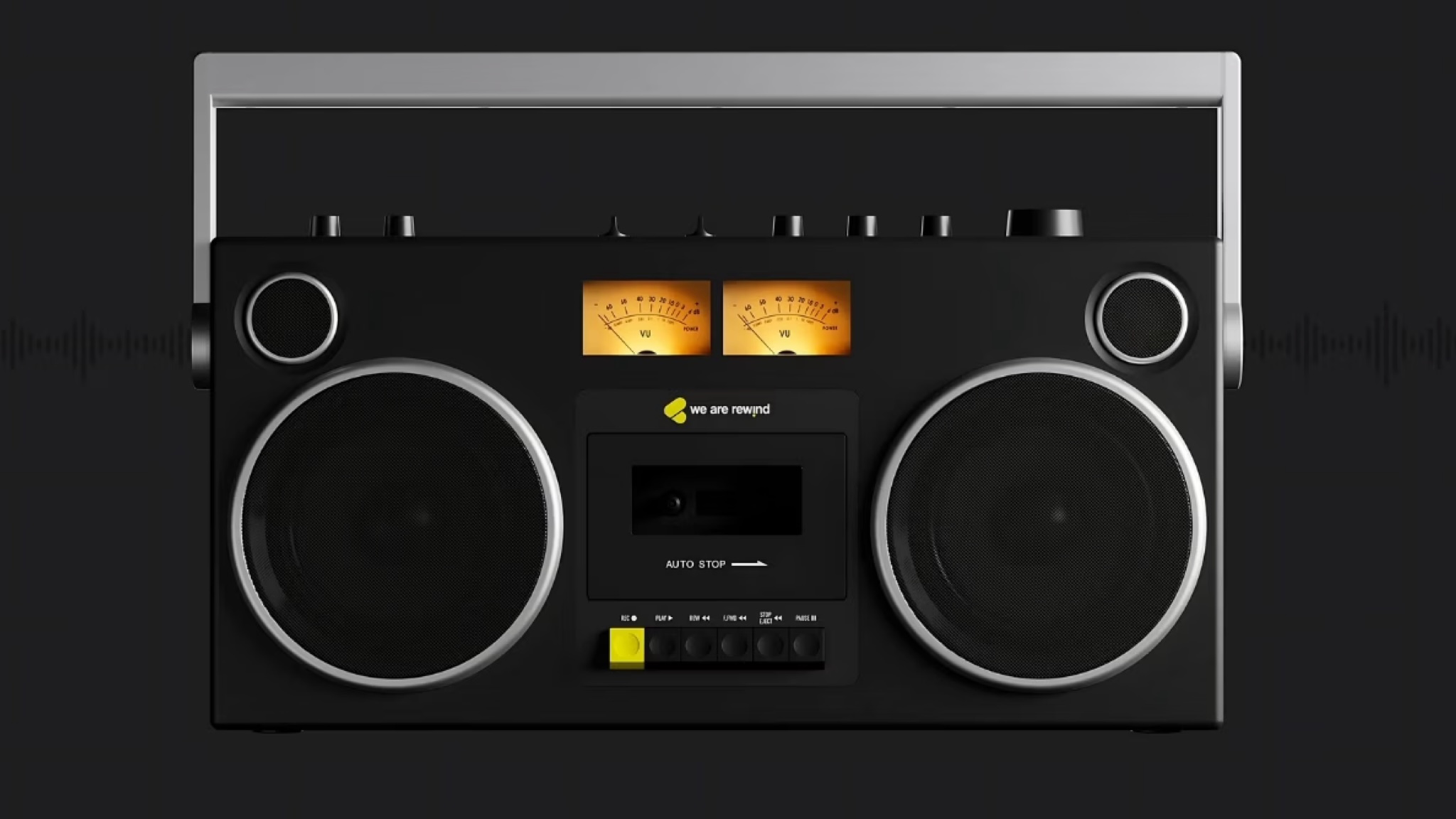




















































































































































![[The AI Show Episode 147]: OpenAI Abandons For-Profit Plan, AI College Cheating Epidemic, Apple Says AI Will Replace Search Engines & HubSpot’s AI-First Scorecard](https://www.marketingaiinstitute.com/hubfs/ep%20147%20cover.png)

























![How to Enable Remote Access on Windows 10 [Allow RDP]](https://bigdataanalyticsnews.com/wp-content/uploads/2025/05/remote-access-windows.jpg)





















































































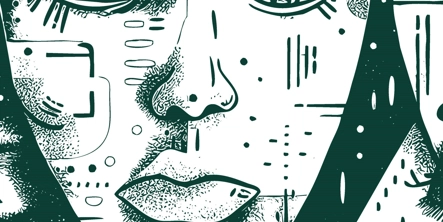


















































































![Legends Reborn tier list of best heroes for each class [May 2025]](https://media.pocketgamer.com/artwork/na-33360-1656320479/pg-magnum-quest-fi-1.jpeg?#)























































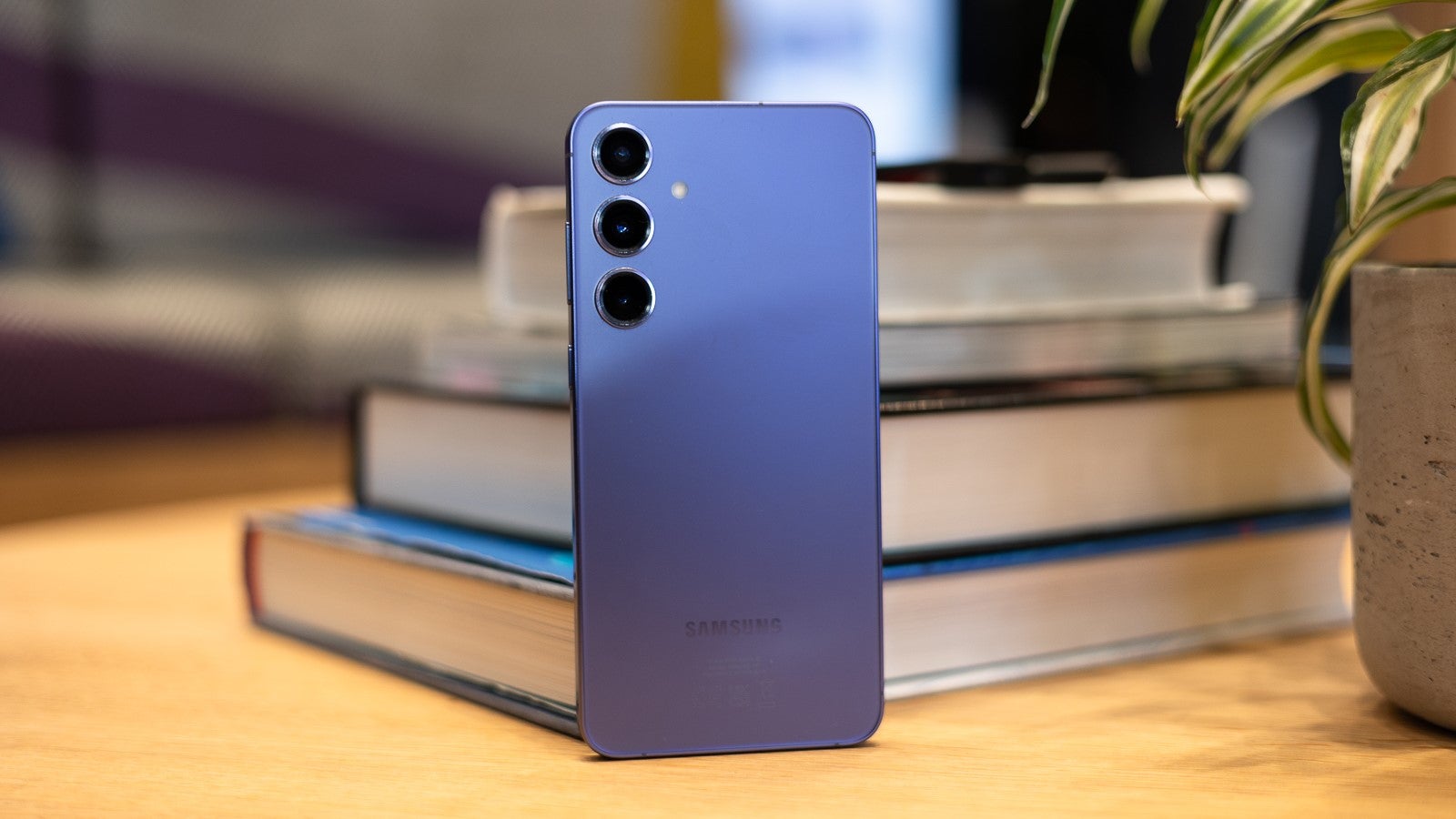









_KristofferTripplaar_Alamy_.jpg?width=1280&auto=webp&quality=80&disable=upscale#)






























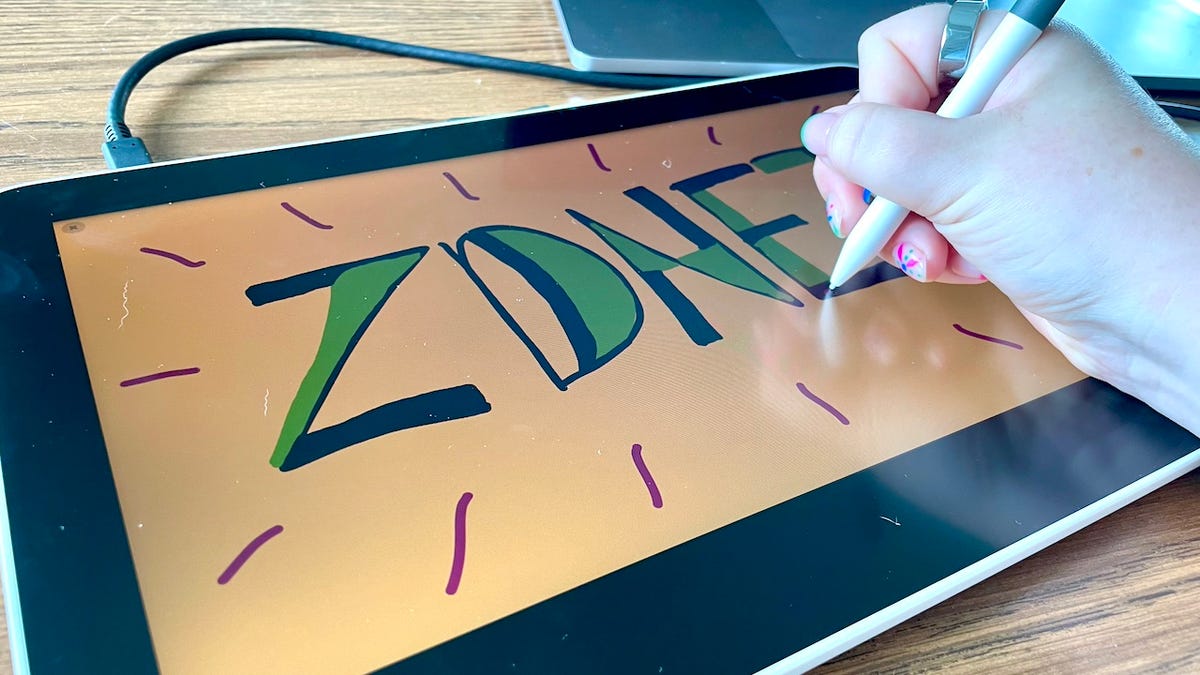

















































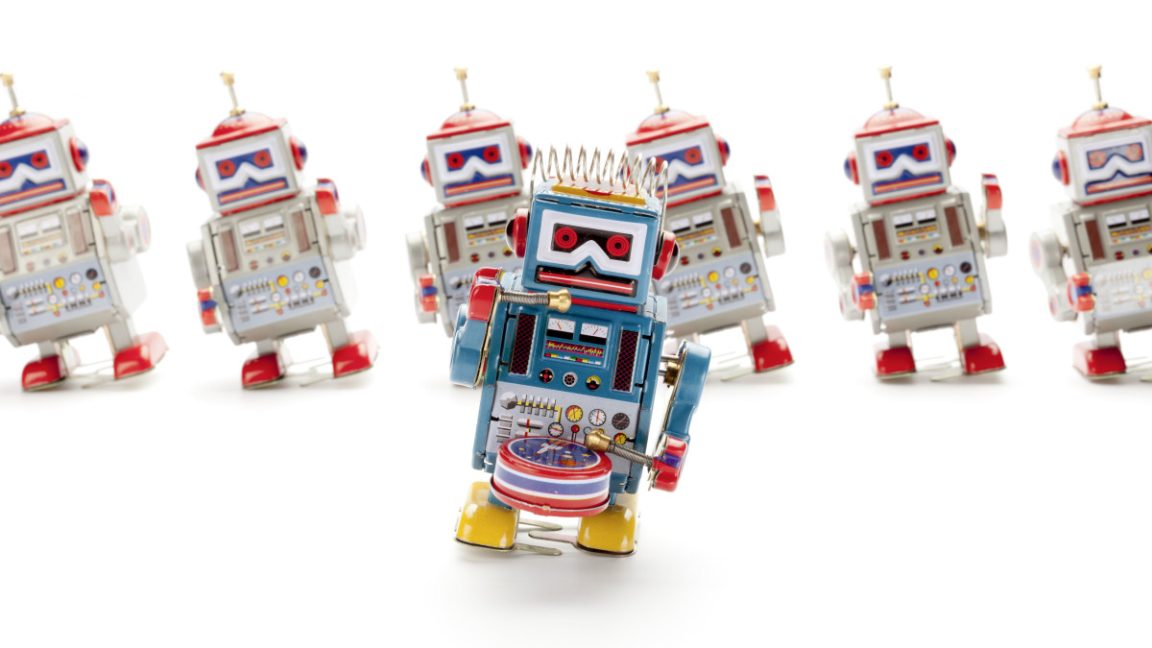


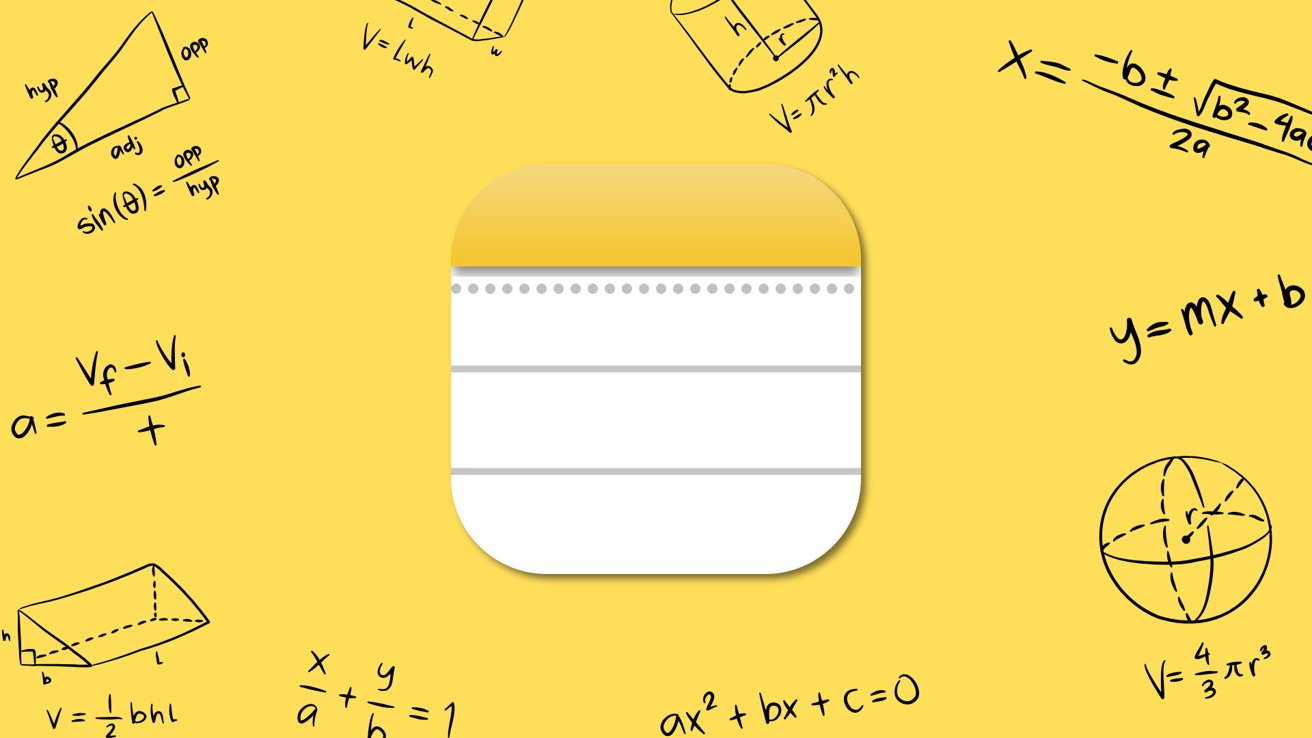
-xl.jpg)



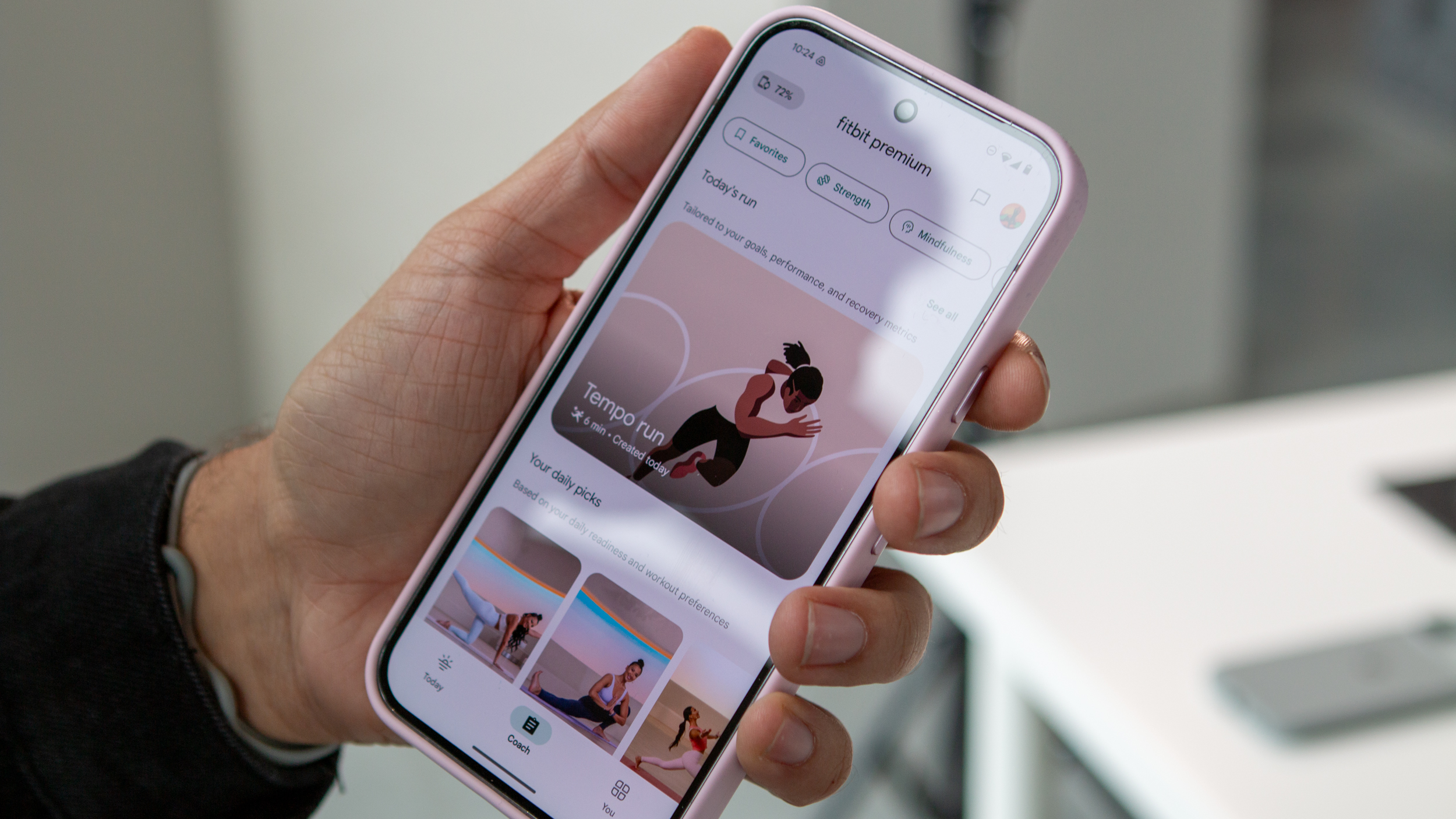
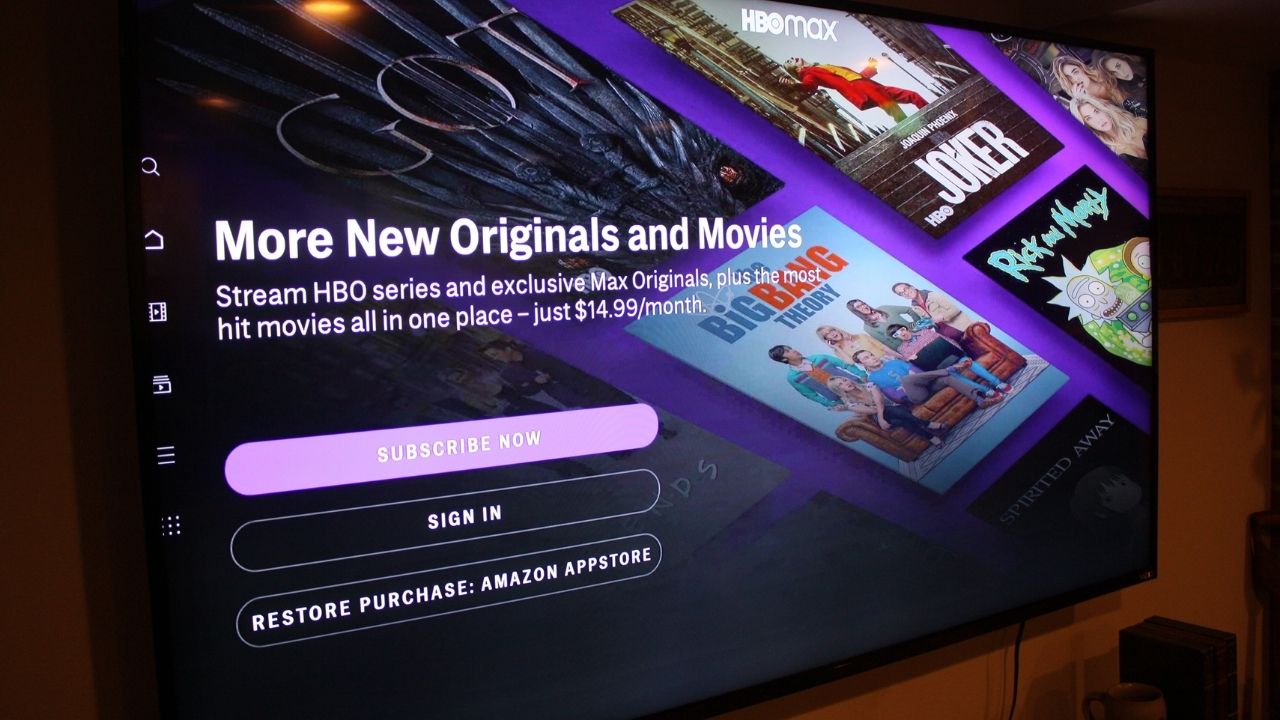


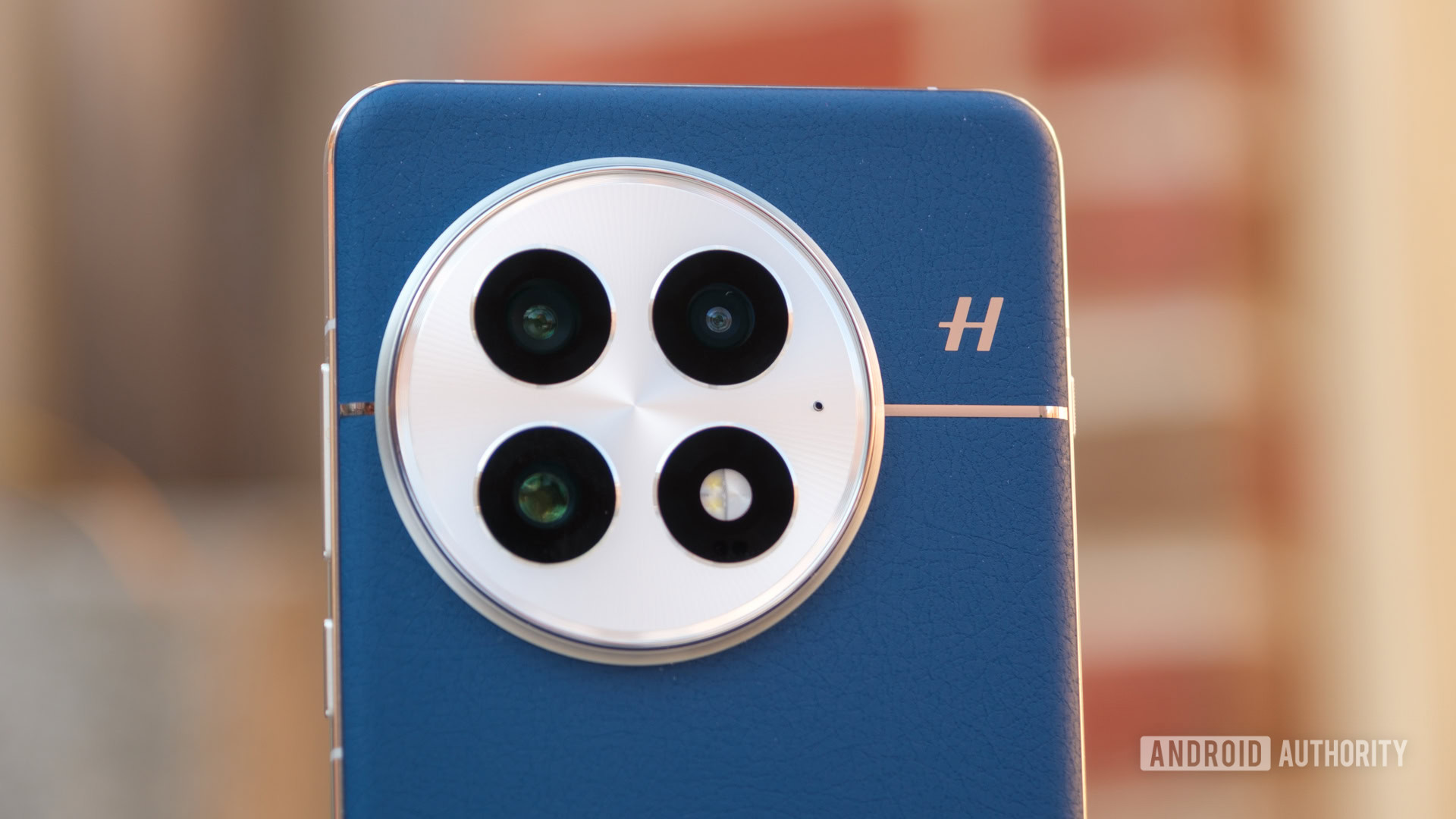
![[Open Thread] Android 16 is just weeks away, but has it met your early expectations?](https://www.androidauthority.com/wp-content/uploads/2025/03/android-16-logo-outside-hero-1-scaled.jpeg)
![SoundCloud latest company to hit trouble with AI clause in T&Cs [U]](https://i0.wp.com/9to5mac.com/wp-content/uploads/sites/6/2025/05/SoundCloud-latest-company-to-hit-trouble-with-AI-clause-in-TCs.jpg?resize=1200%2C628&quality=82&strip=all&ssl=1)




















![Vision Pro May Soon Let You Scroll With Your Eyes [Report]](https://www.iclarified.com/images/news/97324/97324/97324-640.jpg)
![Apple's 20th Anniversary iPhone May Feature Bezel-Free Display, AI Memory, Silicon Anode Battery [Report]](https://www.iclarified.com/images/news/97323/97323/97323-640.jpg)













